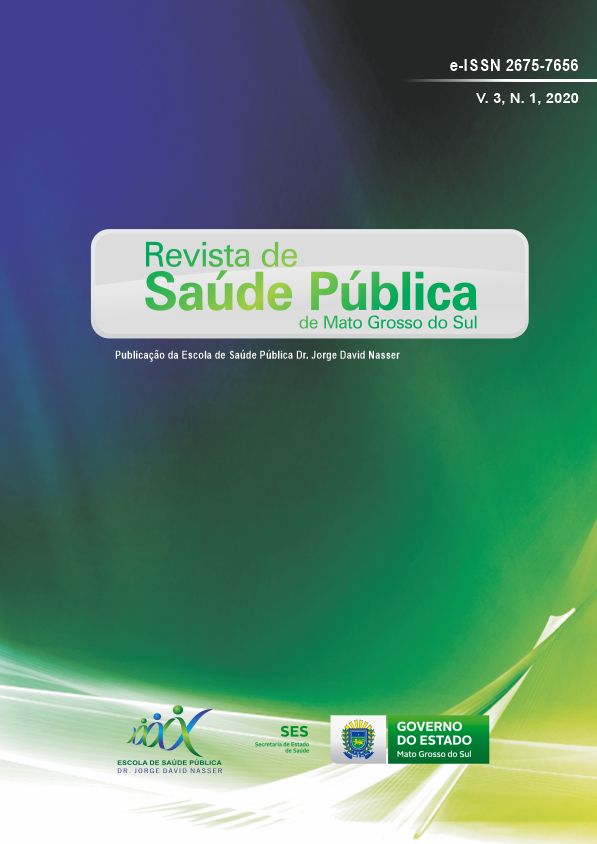Intrauterine device: how effective and expulsion rate? integrative review
Keywords:
Intrauterine devices, Intrauterine device expulsion, Contraceptive effectiveness, Intrauterine devices copperAbstract
Introduction: Long-acting reversible contraceptives (LARC), include the subdermal etonogestrel implant and copper and levonorgestrel intrauterine devices (IUDs). They are on the rise in the past decade and are recommended for all women who want effective contraception. Objective: To evaluate the efficacy, expulsion rate and discontinuity of the use of the TCu-380 intrauterine device in the last 10 years, in order to instrumentalize the praxis of nurses and other health professionals who work in sexual and reproductive health in the perspective of increasing insertions of IUD-Cu. Method: This is an integrative review, carried out in the Scopus, Cinahal, Pubmed, Science Direct and Web Of Science databases with descriptors in English found in the Medical Subject Headings (MESH). Results: 441 articles were found, after the inclusion criteria 6 articles were selected. The rate of continuation of the IUD-Cu varied from 60 to 90% in the first year of use, with increased bleeding being one of the most cited reasons in the texts for discontinuation. The expulsion rate varied from 10.2% to 2.5%, with nulliparity and younger women being associated with increased expulsion rates. The pregnancy rate that occurred using the method was between 2.45% and 0.64%, among the reasons. Final Considerations: This study brings evidence capable of strengthening the practice of health professionals, expanding the offer of IUD-Cu, as well as strengthening the performance of nursing in line with health policies, legitimizing their practice, promoting health and improving indicators.
Downloads
Published
How to Cite
Issue
Section
License
Copyright (c) 2020 Revista de Saúde Pública de Mato Grosso do Sul

This work is licensed under a Creative Commons Attribution 4.0 International License.
O (s) Autor (es) declara (m) que ao submeter um manuscrito na Revista de Saúde Pública de Mato Grosso do Sul, concorda (m) com os termos da Declaração de Direito Autoral e autoriza (m) a Revista de Saúde Pública de Mato Grosso do Sul a publicar o manuscrito sob a licença Creative Commons Atribuição 4.0 Internacional e identificar-se como veículo de sua publicação original.




